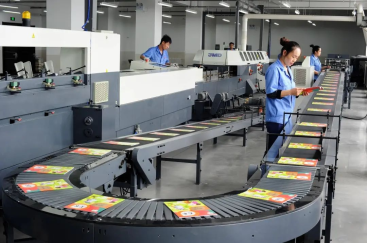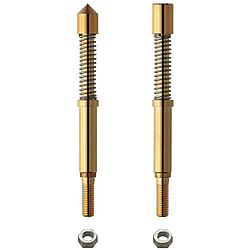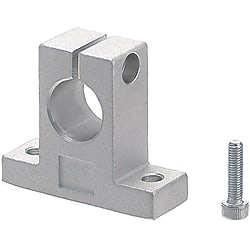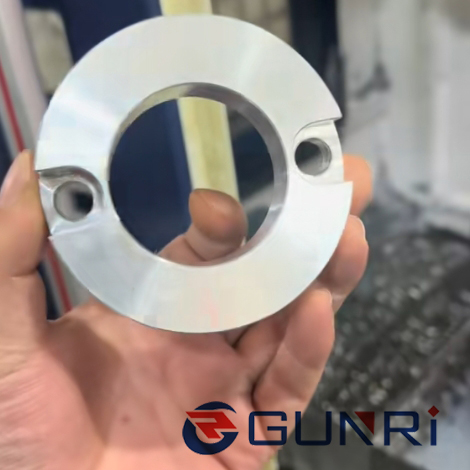In the realm of engineering and product design, reliability is paramount. We all want products that last, perform consistently, and minimize downtime. To achieve this, engineers rely on various tools and techniques, one of which is the Crow-AMSAA model.
What is MTBF?
Before diving into the Crow-AMSAA model, let’s clarify a fundamental concept: MTBF, or Mean Time Between Failures. This metric measures the average time a device operates before a failure. A higher MTBF indicates a more reliable product.
The Crow-AMSAA Model: A Closer Look
The Crow-AMSAA model, developed by the U.S. Army Materiel Systems Analysis Activity (AMSAA), is a statistical model used to analyze reliability growth data. It’s particularly useful for understanding how a product’s reliability improves over time, especially during its early stages of development and production.
Key Concepts in the Crow-AMSAA Model:
- Reliability Growth: The process of improving a product’s reliability over time.
- Failure Rate: The rate at which failures occur.
- Weibull Distribution: A statistical distribution often used to model failure times.
How Does the Crow-AMSAA Model Work?
- Data Collection: Collect failure data from the product, including the time of failure and the corrective action taken.
- Data Analysis: Analyze the failure data to identify trends and patterns.
- Model Fitting: Fit the Crow-AMSAA model to the data to estimate parameters like the initial failure rate and the reliability growth rate.
- Reliability Prediction: Use the fitted model to predict future reliability and estimate the time required to achieve a desired reliability level.
Applications of the Crow-AMSAA Model
The Crow-AMSAA model has a wide range of applications in various industries:
- Aerospace: Predicting the reliability of aircraft components and systems.
- Automotive: Assessing the reliability of vehicles and their subsystems.
- Electronics: Analyzing the reliability of electronic components and circuits.
- Software Engineering: Evaluating the reliability of software systems.
Limitations of the Crow-AMSAA Model
While the Crow-AMSAA model is a powerful tool, it’s important to be aware of its limitations:
- Data Quality: The accuracy of the model depends on the quality and quantity of the failure data.
- Model Assumptions: The model assumes certain assumptions, such as the independence of failures and the homogeneity of the population.
- Complexity: The model can be complex to implement and interpret.
Future Trends and Advancements
As technology continues to evolve, so too do the tools and techniques for reliability analysis. Some emerging trends in reliability growth modeling include:
- Bayesian Methods: Incorporating prior knowledge and uncertainty into the analysis.
- Machine Learning: Using machine learning algorithms to identify patterns in complex datasets.
- Data-Driven Approaches: Leveraging big data to improve the accuracy of reliability predictions.
Conclusion
The Crow-AMSAA model is a valuable tool for understanding and improving product reliability. By analyzing failure data and fitting the model to the data, engineers can gain insights into the underlying factors affecting reliability and take steps to enhance product performance. As technology advances, the Crow-AMSAA model will continue to play a crucial role in ensuring the reliability of products across various industries.
Would you like to delve deeper into a specific aspect of the Crow-AMSAA model, such as its mathematical foundations, practical applications, or limitations?





